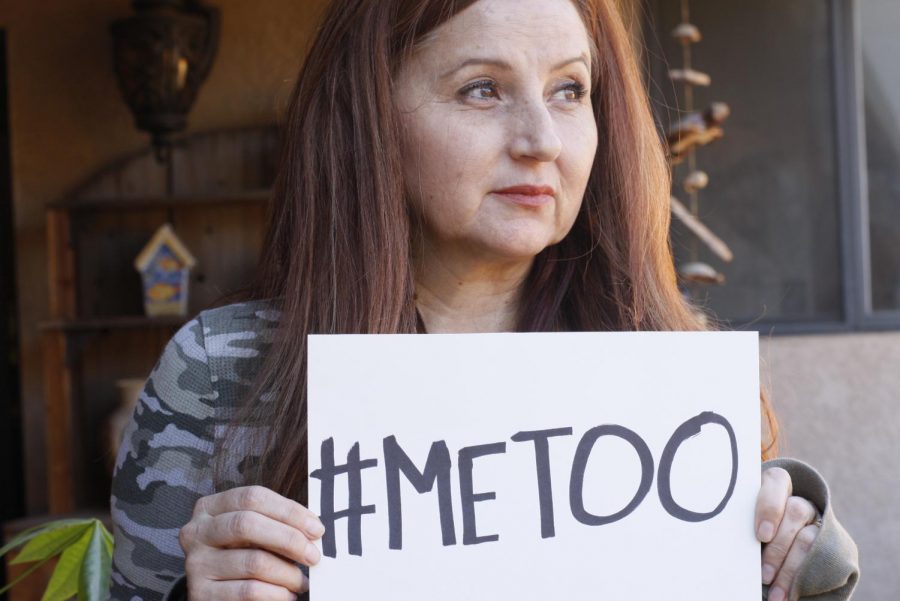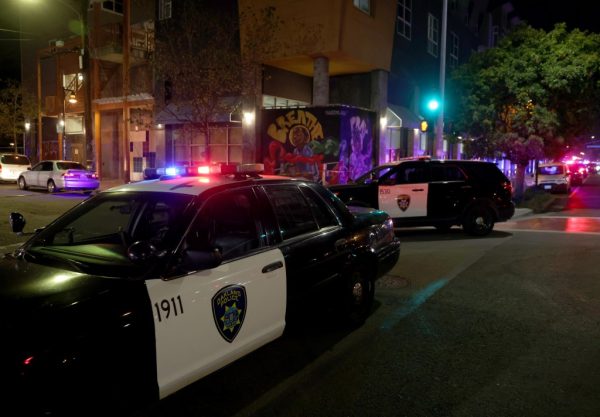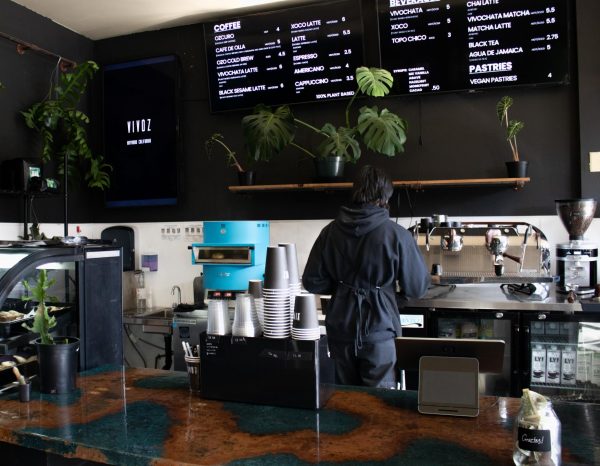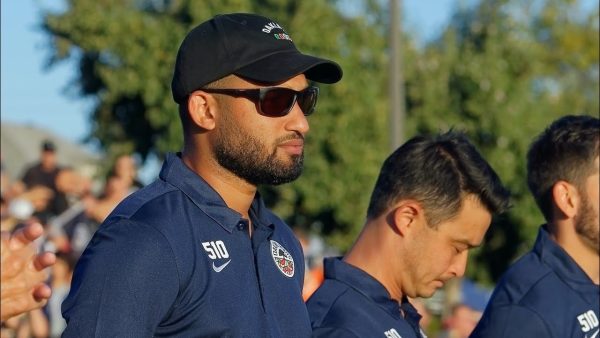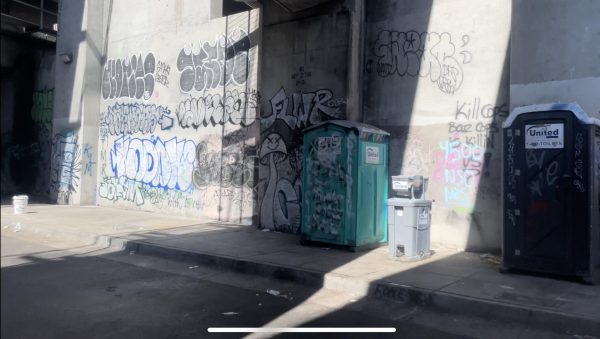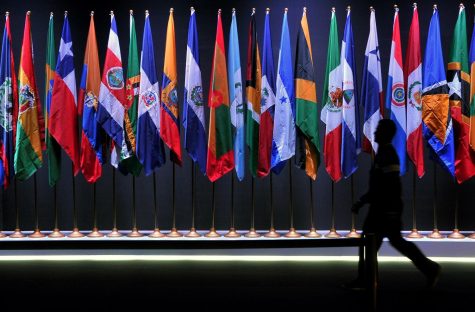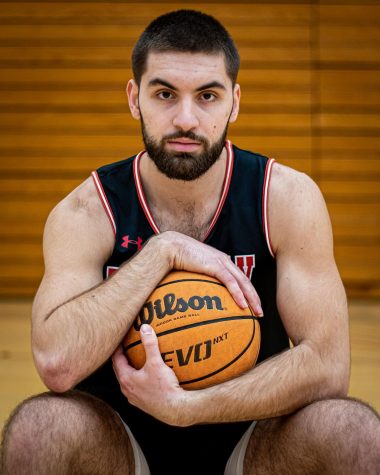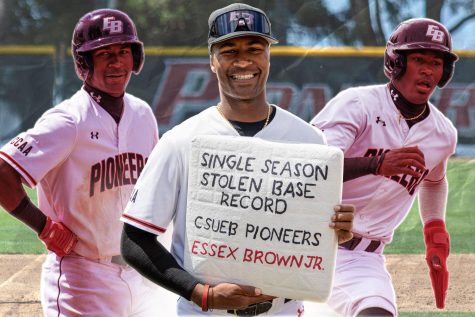Hashtag activism brings awareness to different movements, like #MeToo
January 10, 2018
In 1997, a 13-year-old girl sat across a table from a woman, fighting back tears and rallying her courage to explain to this woman her sexual abuse encounter. As this young girl was detailing her abuse, the woman across the table had warm tears streaming down her round cheeks as she was left utterly speechless. In that moment, Tarana Burke realized her own trauma and the interview inevitably changed the trajectory of Burke’s life and healing.
Burke, who struggled with the conversation she had with this young girl for a decade, turned an uncomfortable situation into a positive one and founded Just Be Inc., a non-profit organization that is dedicated to helping sexual assault and harassment victims. And after realizing the difficulty she had with admitting that she too had been sexually abused, Burke started #MeToo.
On October 5, 2017, a firestorm was unleashed upon one of the most powerful Hollywood producers, Harvey Weinstein, when he was accused of a 30-year sexual abuse scandal. Off the coattails of Weinstein’s sexual assault scandal, actress Melissa Milano tweeted, “Suggested by a friend: ‘if all the women who have been sexually assaulted wrote “Me Too” as a status, we might give people a sense of the magnitude of the problem.”
The #MeToo movement came to the forefront of social media and the hashtag went viral. According to Associated Press, within twenty-four hours, 12 million people on social media set their status to #MeToo. Twelve million people nationwide utilized social media to take a stance, raise awareness and publicize their experience in a uniform way. Within a week, the hashtag spread to eight other countries, where they made their own version of #MeToo.
The immediate attention was given to Weinstein’s scandal and the Me Too campaign, then moved to hashtag activism and into a movement. However, most people think this campaign and movement is brand new.
In contrast, this movement has been underway for the past 20 years, since Burke sat across from that 13-year-old girl. Burke has taken credit for the campaign and admits the “widespread adoption of social media, has led the campaign to be bigger than just one person.” The goal of the campaign was always to “amplify the voices of the victims,” to be heard and to focus on survivors.
The bigger question is whether hashtag activism can bridge the gaps between a social media campaign and social change.
The task social media hashtag activism provides is to move the plan of action along. A survivor of #MeToo, Gladdys Ruiz, who also participated in the hashtag activism, echoed some of the same sentiments.
“It circulates faster,” said Ruiz, “gets the message across, and raises awareness but then it dies down after a couple weeks because it lacks a goal and weight to make a lasting difference.”
The hashtag movement is on the way to solidify a viral legacy. According to sociologist Jen Schradie, who studies digital activism for the Institute for Advanced Study in Toulouse, France, believes that “based on my research, the movements that are most successful are those who have an organizational infrastructure in place: a network, a coalition, a united front of a group of celebrities or established organizations.”
Schradie also found that groups which can sustain high levels of online participation are those which are more structured and have volunteers and staff dedicated to keeping that online effort in place. Meaning social media presence is a necessary first step.
Dr. Nolan Higdon, a history professor at California State University, East Bay, believes most people think hashtag activism is “lazy activism”. He disagrees with that notion and believes that hashtag activism is not lazy, but a “catalyst” to help initiate the social movement.
According to Higdon, a social media movement requires three elements to become successful: the raising of awareness via social media platforms such as Facebook and Twitter, the movement gaining a following to build social pressure and the building of affiliations and coalitions.
In between major social controversies, it might seem that the various movements go quiet with no additional progress being made. It’s quite the contrary, according to Higdon, “it never really disappears, the activist on the front lines continue the fight on the ground, as the hashtag activism morphs on social media.”
Where does the hashtag activism and the #MeToo movement go from here?
“The movement and this work I am doing, is for the survivors. I appreciate the hashtag, and the elevation it has given to the conversation, but it is not hashtag activism, it is not a moment. This is a movement,” said Burke.
Social media is a platform that undeniably can give awareness and publicity. Whether it is a hashtag or creating the hard conversations to show the magnitude of a problem. In addition to showing victims and supporters they are not alone. Hashtag activism is a catalyst to give the movement a platform, an audience and momentum to push for positive social change.




